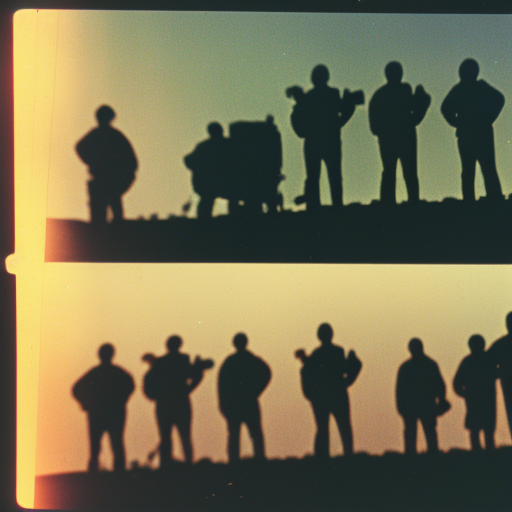Summary: STS-121
STS-121 was a space shuttle mission conducted by NASA, which took place from July 4 to July 17, 2006. It was the second test flight of the Space Shuttle Discovery following the Columbia disaster in 2003. The primary objective of the mission was to test and evaluate the safety improvements made to the shuttle’s external fuel tank, as well as to deliver supplies and equipment to the International Space Station (ISS).
Background
The Columbia disaster in 2003 resulted in the loss of the space shuttle and its crew during re-entry. This tragedy led to a suspension of the shuttle program and a thorough review of its safety measures. The STS-121 mission was part of NASA’s efforts to return the shuttle fleet to operational status while addressing the safety concerns raised by the accident.
Objectives
The main objectives of the STS-121 mission were to test the modifications made to the shuttle’s external fuel tank, evaluate the shuttle’s performance during ascent and re-entry, and deliver supplies and equipment to the ISS. Additionally, the mission aimed to test new repair techniques for the shuttle’s heat shield and gather data on the effects of spaceflight on the human body.
Launch and Mission Highlights
STS-121 launched from Kennedy Space Center in Florida on July 4, 2006. The crew consisted of seven astronauts, including the mission commander Steven Lindsey. The shuttle successfully reached orbit, and during the ascent, the crew performed inspections of the shuttle’s heat shield using the Orbiter Boom Sensor System (OBSS).
Once in orbit, the crew conducted a series of experiments and tests to evaluate the shuttle’s systems and performance. They also tested new repair techniques for the shuttle’s heat shield, including the use of a heat-resistant tile repair material called NOAX. These repairs were aimed at addressing the concerns raised by the Columbia accident.
The crew also delivered supplies and equipment to the ISS, including a new gyroscope and a German-built cargo module called the Multi-Purpose Logistics Module (MPLM). The MPLM was used to transfer cargo between the shuttle and the station.
During the mission, the crew performed three spacewalks to conduct various tasks, including the installation of a new control moment gyroscope and the repair of a thermal blanket on the shuttle’s exterior. These spacewalks were critical for the success of the mission and provided valuable data for future spacewalks.
Return and Impact
After completing its mission objectives, the Space Shuttle Discovery safely returned to Earth on July 17, 2006, at the Kennedy Space Center. The mission was considered a success, as it demonstrated the improvements made to the shuttle’s safety measures and validated the repair techniques for the heat shield.
The STS-121 mission played a crucial role in the return to flight of the space shuttle program. It provided valuable data on the performance of the modified external fuel tank and the effectiveness of the repair techniques. The success of this mission paved the way for future shuttle missions and contributed to the ongoing construction and maintenance of the International Space Station.
In conclusion, the STS-121 mission was a significant milestone in the history of the space shuttle program. It demonstrated NASA’s commitment to improving the safety of the shuttle fleet and successfully achieved its objectives of testing the modified external fuel tank, delivering supplies to the ISS, and validating repair techniques for the heat shield. The mission’s success played a vital role in the return to flight of the shuttle program and contributed to the ongoing exploration of space.












